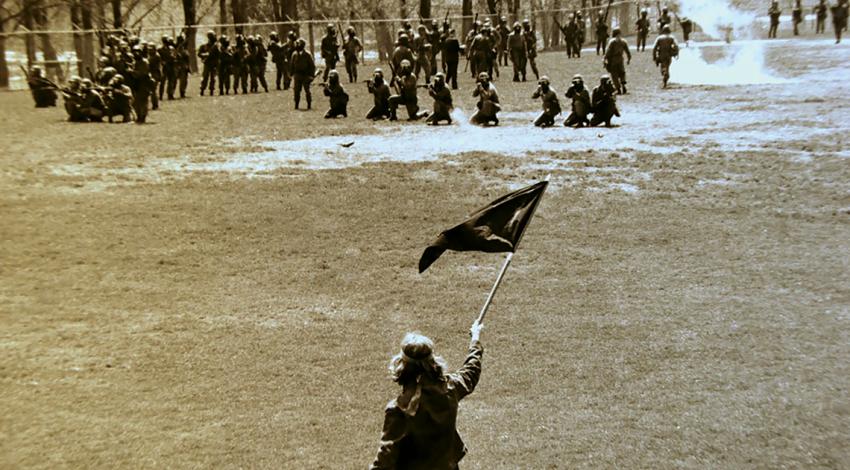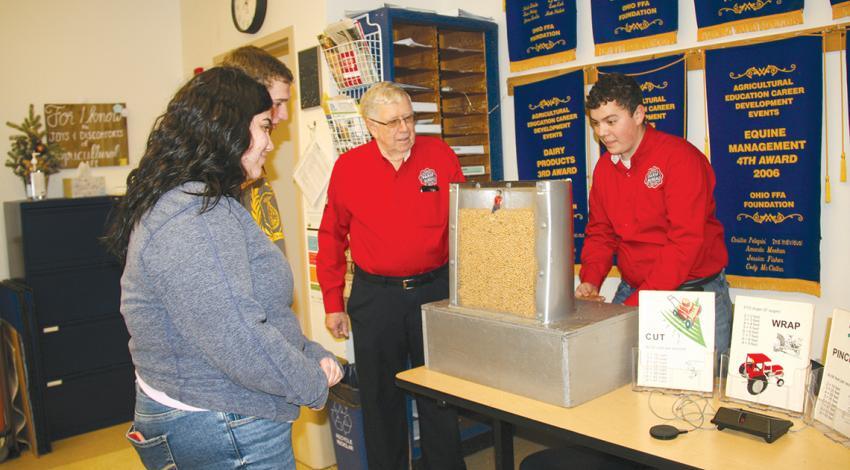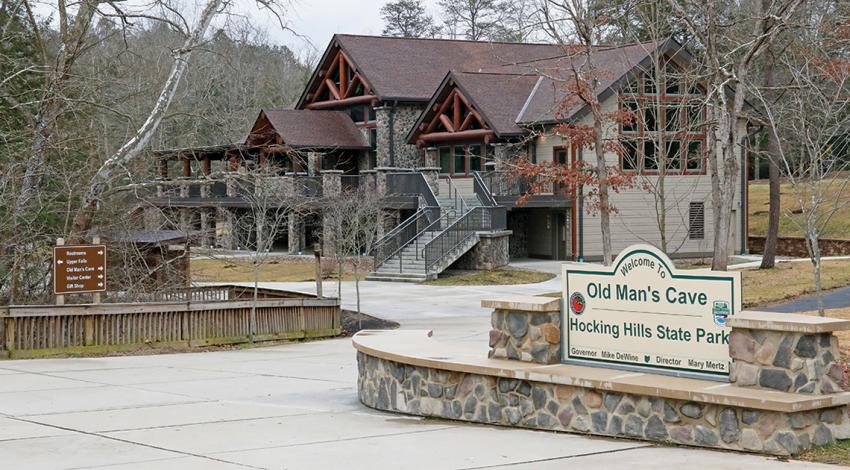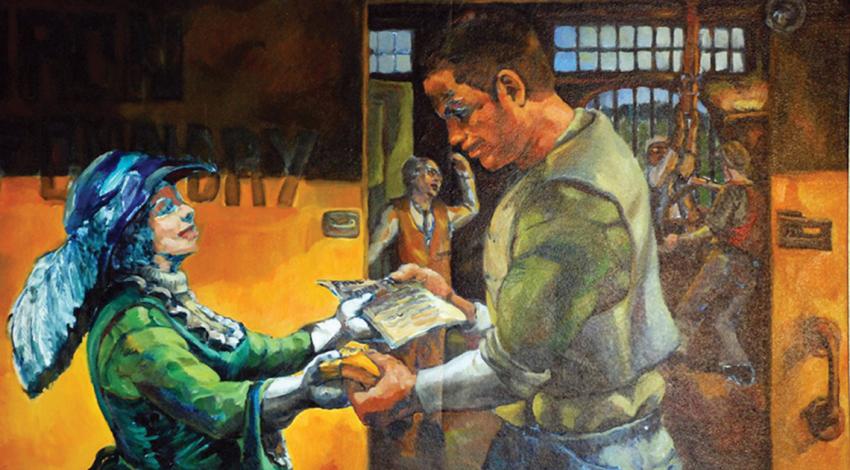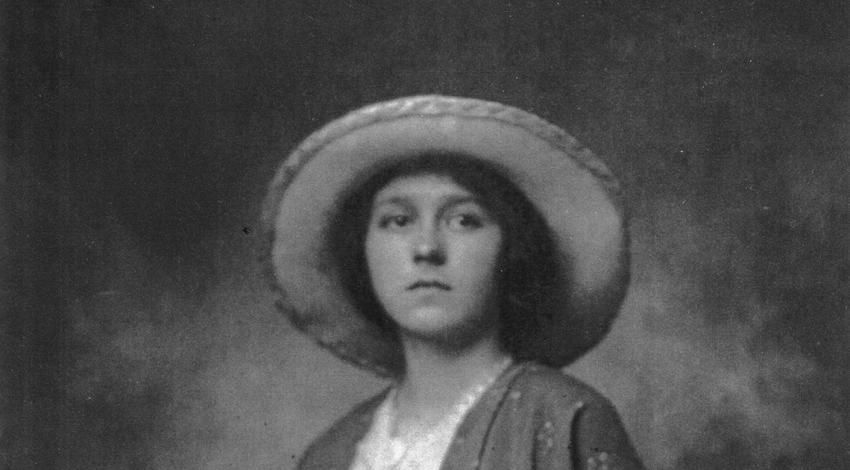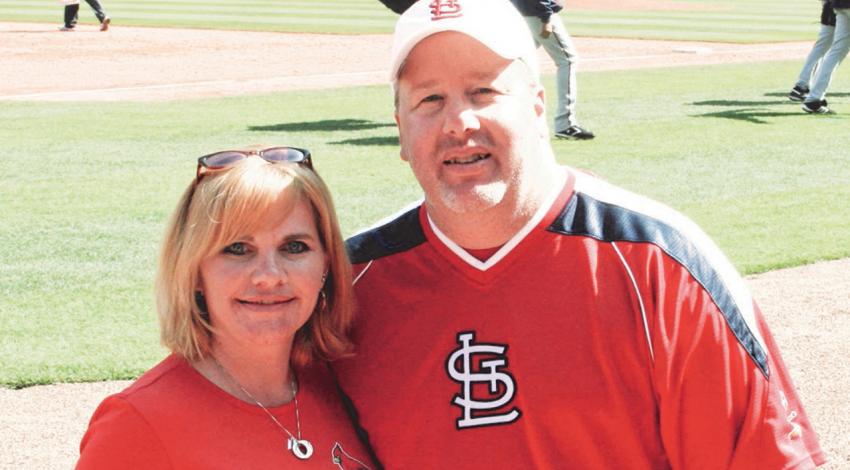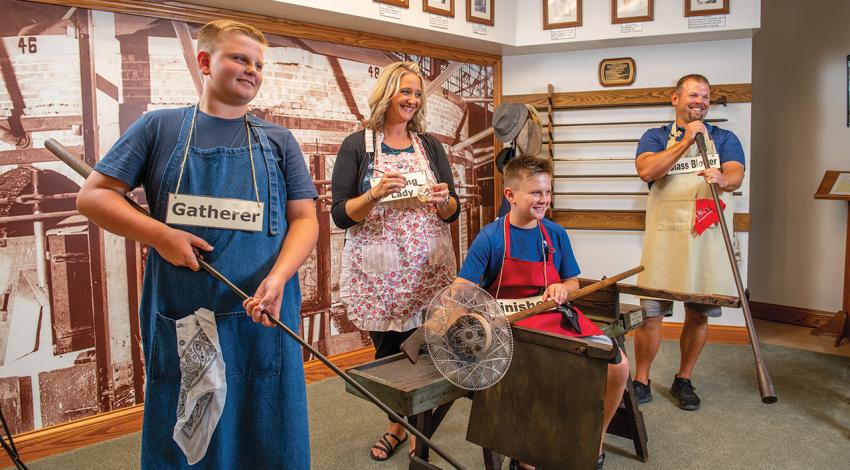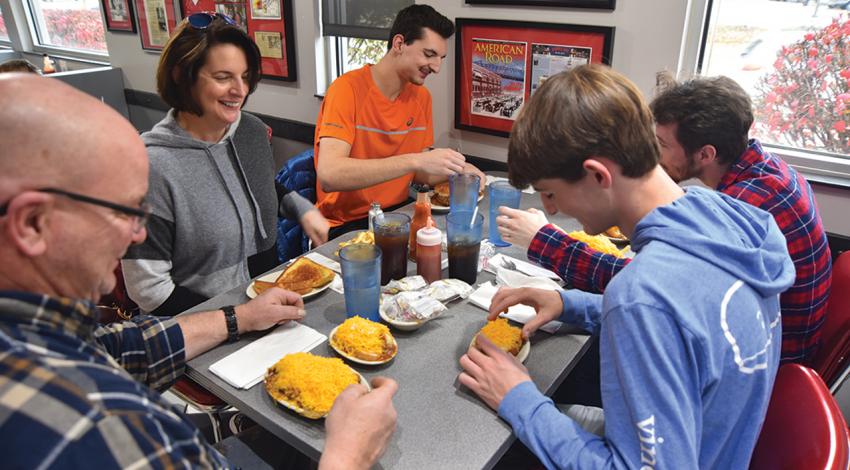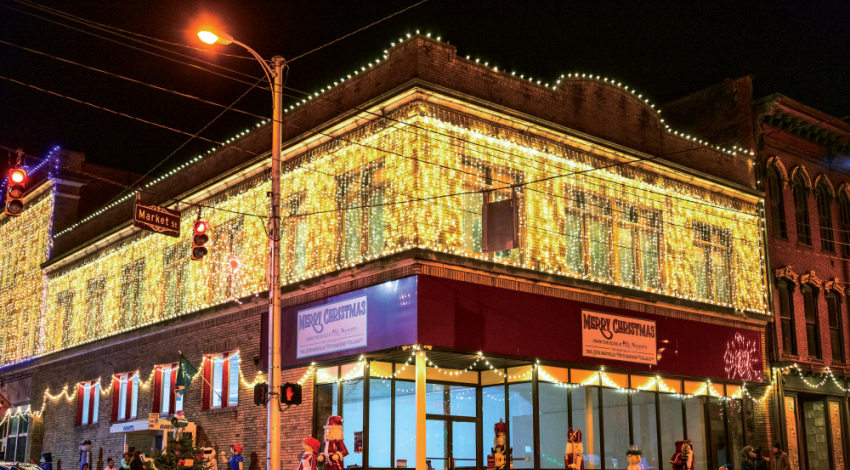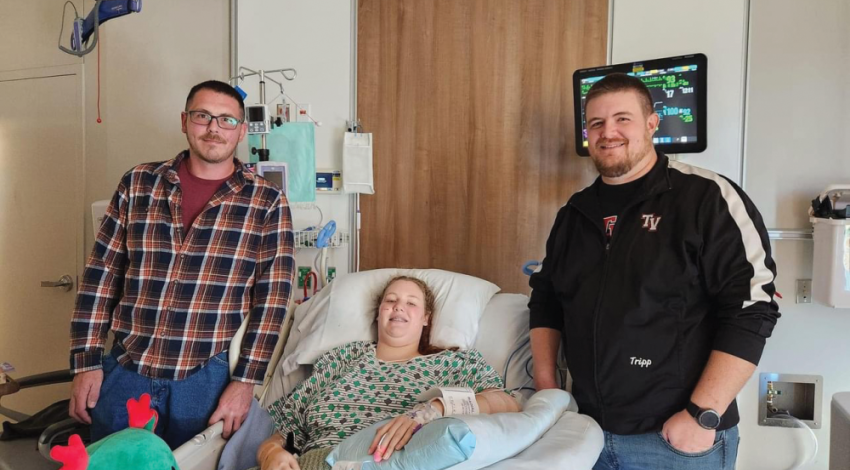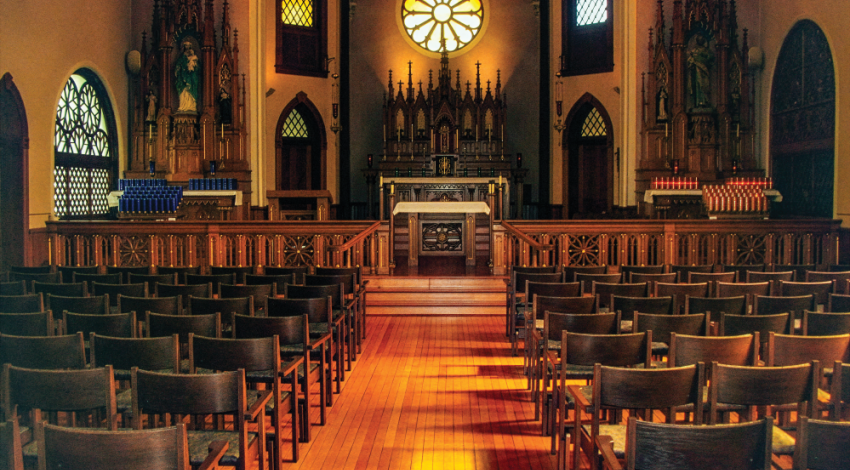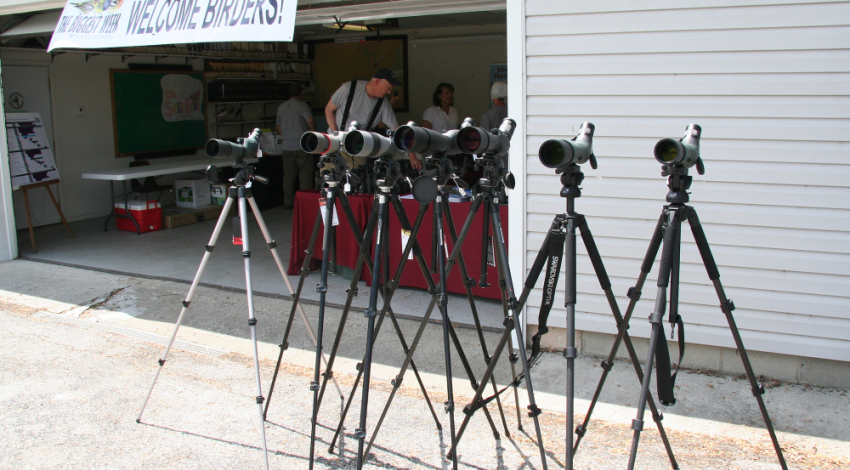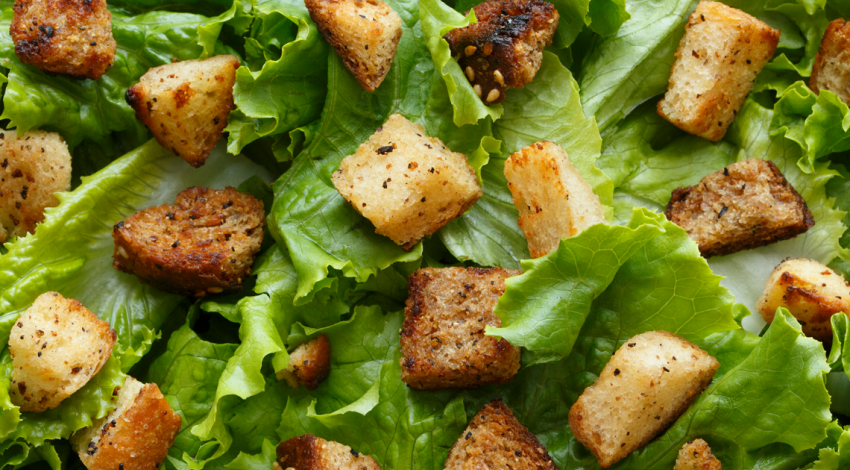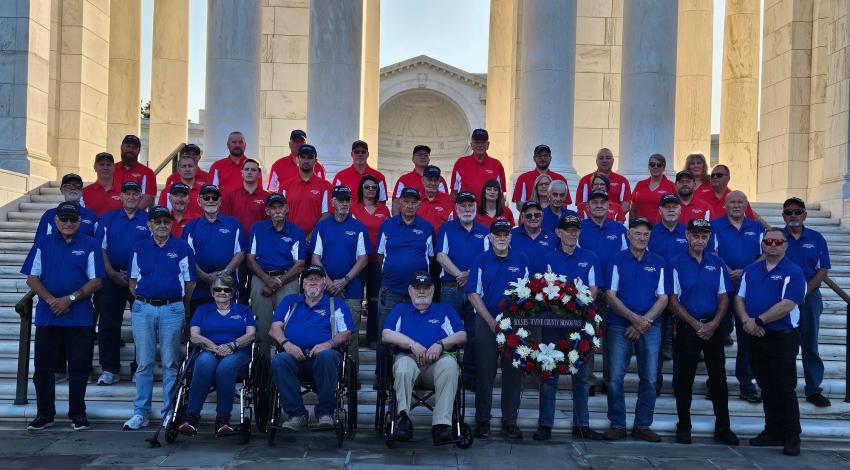Every May 4, students, faculty, and others on the campus of Kent State University honor the memory of four students killed and nine others injured when the National Guard opened fire during a protest against the Vietnam War on that day in 1970.
This year marks 50 years since the tragedy, and plans had been in place to commemorate the occasion with dozens of speakers, symposia, and artistic tributes, until the onset of the COVID-19 pandemic canceled the events. Still, the events they had planned are an indication of how much has changed about the way the Kent State community perceives this part of their past.
